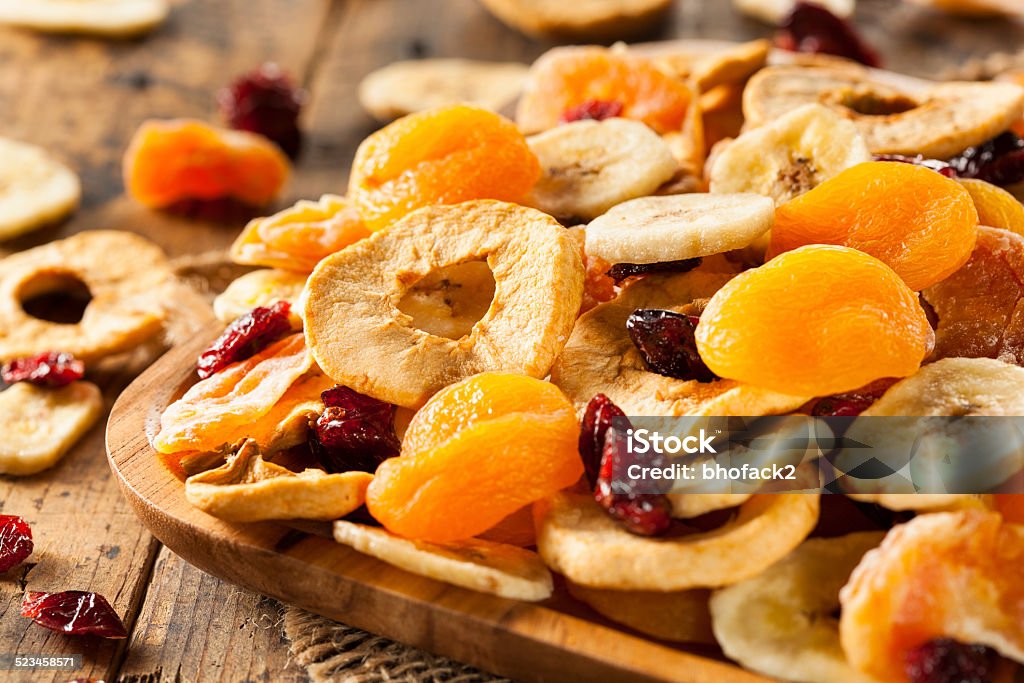
Daily ingredients such as garlic, fenugreek, red pepper, turmeric, and ginger are effective cholesterol-lowering agents. Several other spices have anti-diabetic, anti-obesity, and heart-healthy properties, which can increase the metabolism rate and make people brisker.
In this post, I want to share a few basic tips for dehydrating your own fruits and vegetables. This can be done using a food dehydrator or the oven. I have dehydrated by air drying before, too, but I would not recommend this as a beginner in case of spoilage. In the photos of our various dried fruits, vegetables, and herbs I used the new Ball®️ Wooden Lids to showcase our hard work and beautiful food! The lids are designed with Acacia wood and can be used for both Regular Mouth and Wide Mouth jars. They are so beautiful!

Solar Drying
Spread a thin layer of fruits or vegetables on a cookie sheet or baking screen and place them in a sunny location, allowing for good air circulation. If you’re crafty, make a frame and cover with cheesecloth, fine chicken wire, or dehydrator netting for an easy DIY drying rack. Cover the food with a mesh food tent or umbrella netting to keep the bugs away and find a spot that isn’t easily accessible to pets or animals. There are many types of commercially available drying racks from which to choose–-including raised ones for flat surfaces and those that hang to save space.
Solar dehydration takes about 3 to 5 days when the temperature is 95 degrees, perhaps longer in lowers temperatures. However, if the air is humid, or isn’t adequately dry and hot, drying in a dehydrator will do the trick.
Timing
Like other preservation methods, it’s best to prepare food for drying as soon after harvest as possible. According to a report by the University of Illinois at Urbana-Champaign College of Agriculture, vegetables and fruits should be blanched, cooled, and quickly laid out to dry to ensure a quality result.
- Rapid dehydration is important, however, if dried too fast, the outside can become hard before the inside moisture has had time to evaporate. High temperature and low humidity increases the speed of dehydration as humid air slows evaporation.
Dried Fruits
- Consider drying apples, berries, cherries, peaches, apricots, and pears. Dried fruits contain concentrated fruit sugars which make them a good source of quick energy.
- Many contain a good amount of vitamins and minerals and are rich sources of riboflavin and iron, but the drying process destroys some vitamins, especially A and C.
- Adding sulfur before drying helps preserve the fruit’s color and retain vitamins A and C, however sulfur destroys thiamine, one of the B vitamins.
- Peel, core, and slice apples and cut in half fruits and pit fruits such as apricots and peaches. Though you do not need to peel most fruits before drying, you do need to crack the tough and waxy skins of some fruits like cherries.
- Place the fruit in boiling water for 30 to 60 seconds, then in very cold water before thoroughly draining and toweling it off to prepare it for drying.
- Treat light-colored fruits with an antioxidant to prevent them from turning brown during oxidation.
- In addition to altering the appearance, oxidation compromises the flavor, aroma, and texture of the fruit.
- To remedy this, lightly coat the cut fruit with a solution of water and ascorbic acid–-2 teaspoons for apples and 1 teaspoon for other light-colored fruit.
HOW TO PREP YOUR FRUIT AND VEGGIES FOR DEHYDRATING
Pick your fruit and and veggies of choice
Rinse and Scrub
- This is very important. You want to make sure to get off any dirt and nasty things from the grocery store
- Dry
- Once you have rinsed them just let them dry, or dry them with a towel yourself
- Thinly slice with a knife or a mandolin
- I prefer a Mandolin as you will want your slices to be even. This way they will dry evenly when you put them into the dehydratorSlice thinly. 1/8 to a 1/4 inch thick.
- I have linked my favorites below.
- Optional: Dip fruit in citrus water
- This is really only to make the fruit look pretty and keep its beautiful color. This would be for fruit that can brown such as apples or bananas.
- Fill a bowl with equal parts of lemon juice and water. Soak the slices for 10 minutes. Remove from mixture and dry with a paper towel.
- Season how you wish. I have multiple dehydrated recipes for you to try, but there are a few things that taste great just plain such as:
- bananas
- strawberries
- mushrooms
- apples (I still prefer my apples sweetened though)
